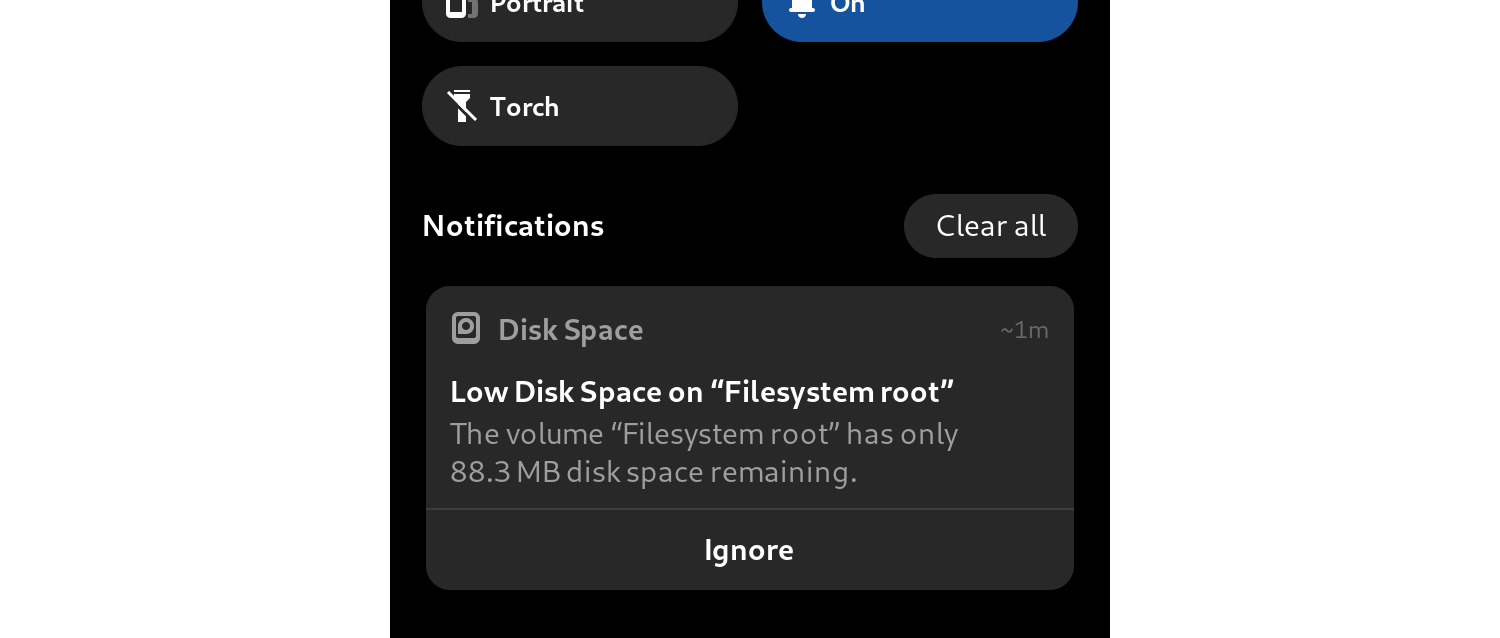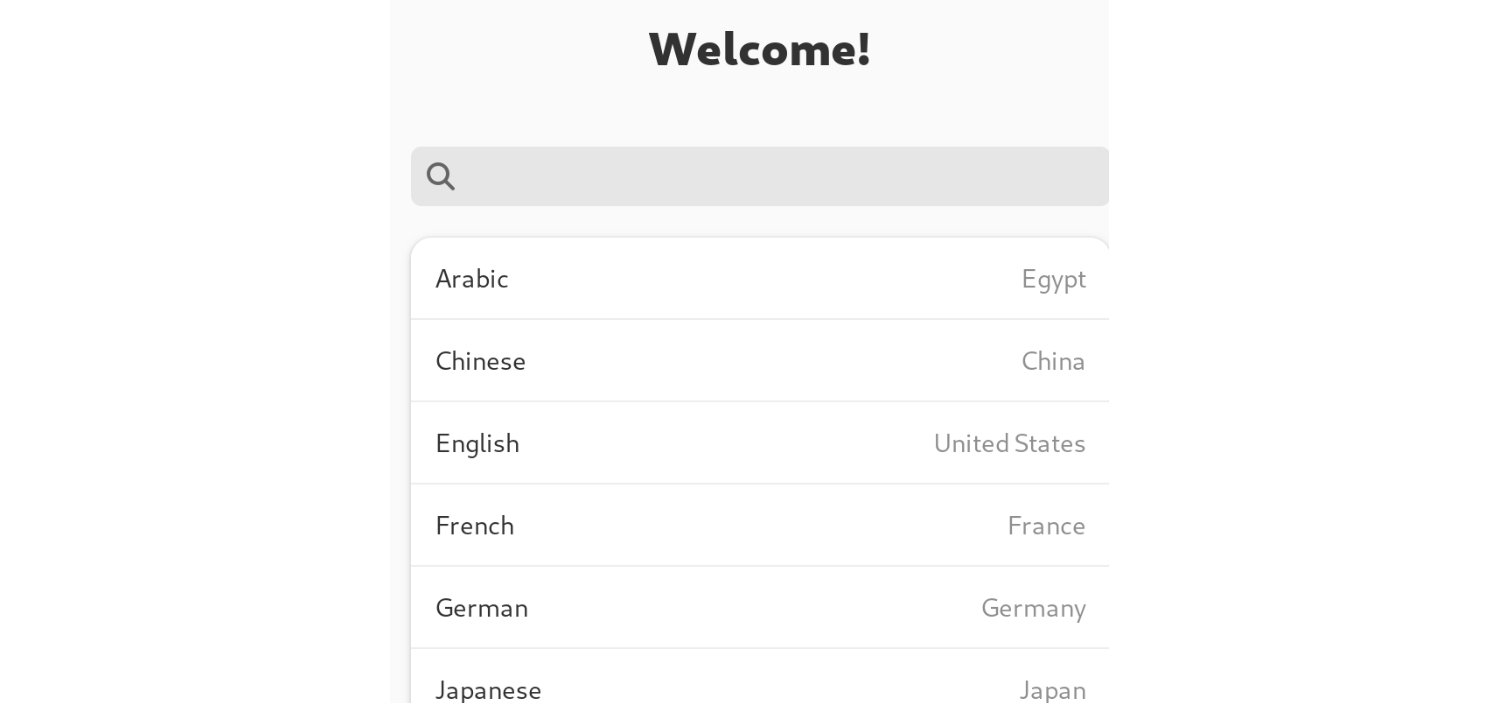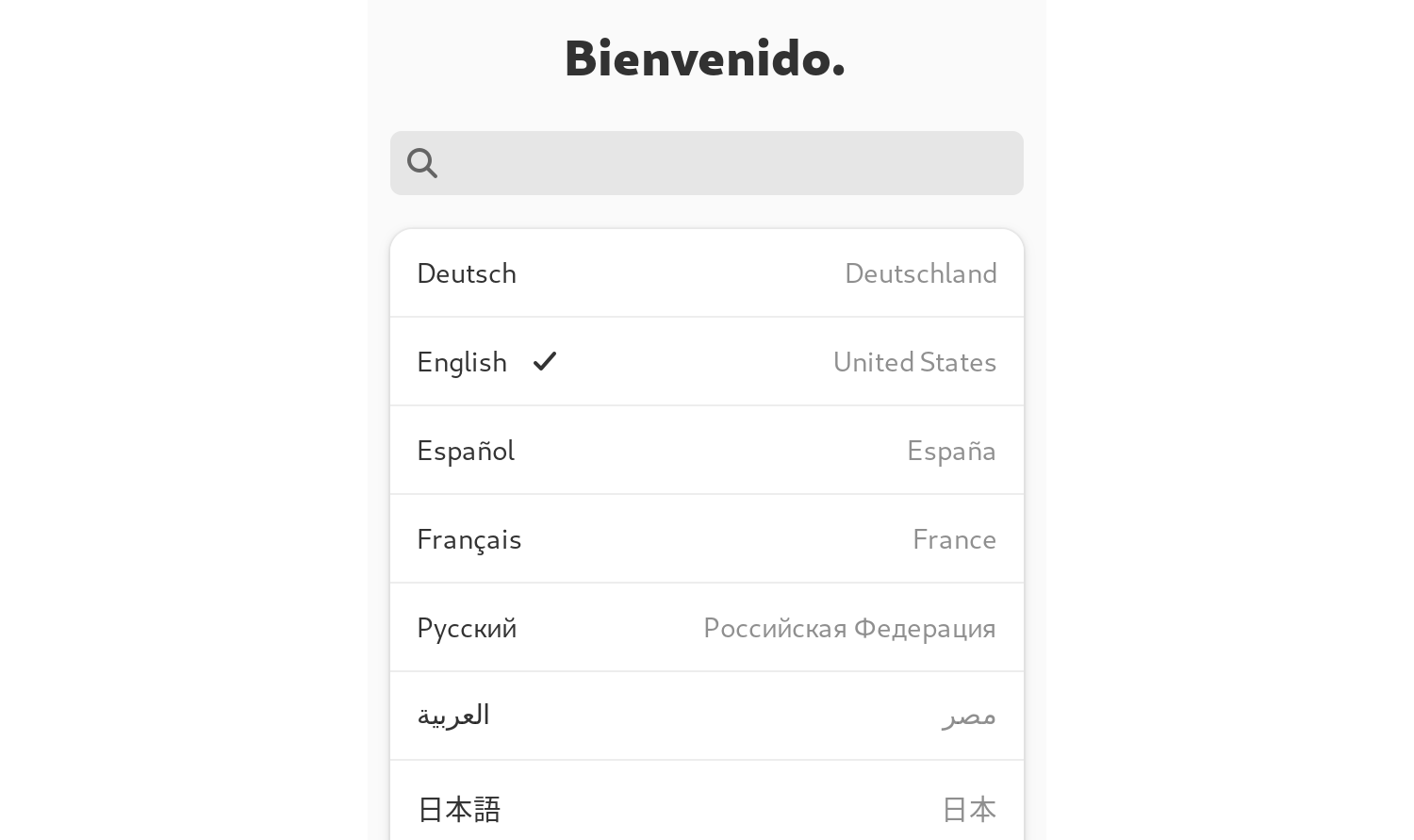PureOS Crimson Development Report: September 2025
Purism
Latest posts by Purism (see all)
- PureOS Crimson Development Report: October 2025 - November 14, 2025
- EvilAI Malware Exploits AI Targets Organizations Worldwide - November 14, 2025
- Librem PQC Encryptor: Future‑Proofing Against Both SS7 and Quantum - November 13, 2025
Onward to Beta
Welcome back! In our August update, we mentioned that PureOS Crimson alpha images are released. With the alpha milestone closed, we now push on toward beta.
Now that Crimson alpha images are installable, we’re focusing on the out-of-box experience – what happens when you turn on your device for the first time with PureOS Crimson. Most of the fixes this month improve the out-of-box experience.
First boot: Resizing the root partition
The Librem 5 and Librem 11 both use “flash style” PureOS images preconfigured with Phosh. You don’t install these from a bootable USB drive like the Librem 13 / 14 / 15 / Mini. Instead you write the PureOS image directly to the internal storage and boot it.
If you tried the Crimson alpha images, you probably saw this message:
It’s warning that there’s not much free space, but this is a fresh install with plenty of free space. Why is it saying that?
The PureOS images are smaller than the internal storage (around 5 GB). During the first boot, the OS expands the root partition to fill the device, which could be 32 GB, 128 GB, 1 TB, etc.
In these alpha images, sometimes the filesystem was expanded after Phosh started, so this warning had a chance to appear. It really was observing a nearly-full disk, because the filesystem wasn’t grown yet, but the warning did not disappear once the filesystem grew.
To fix this, we just made the filesystem resize occur before the user sessions can start.
Installation: GNOME OEM and KDE Plasma
On the other hand, Librem 13 / 14 / 15 and Mini are all installed from a live medium. We also offer install ISOs for community use on any hardware.
There are three install ISOs:
- GNOME: Installs the GNOME desktop. You’re prompted to create a user during installation. This makes sense when you’re installing on a PC for your own use.
- GNOME OEM: Installs the GNOME desktop, but does not prompt to create a user during installation. That happens later, when you first boot. We use this when we preinstall PureOS to ship to a customer, so they can create their user account.
- KDE Plasma: Installs the KDE Plasma desktop. We offer this for customers that prefer KDE Plasma over GNOME.
One of the issues we mentioned in the last update affected the KDE install image: you couldn’t start the installer from the desktop shortcut. Our customizations to calamares needed pkexec, but it wasn’t getting installed in the KDE Plasma image. We added a dependency on pkexec and allowed passwordless pkexec in the live environment, since the live user doesn’t have a password.
The GNOME OEM install image also wasn’t working – install failed near the end. One of the last things the installer does is configure the OEM out-of-box setup to start by creating a particular file. In Byzantium, the directory for that file already existed, but it did not in Crimson, so we had to create it.
First boot: Locale selection
Once PureOS starts for the first time, it asks what language you’d like to use. In the alpha images, there was a problem here too:
The languages all display their English names, not their localized names.
PureOS, like most GNU/Linux distributions, doesn’t ship all compiled locales by default. They take up a fair amount of space, especially on 32 GB Librem 5 systems, and most users only use one or two locales. Instead, when you select a locale, the OS compiles that locale then.
However, the locale selector itself appears before the locales are compiled, so it did not have translated names available. Sebastian solved this by including the translated locale names directly in gnome-initial-setup, so they’re available before that locale is compiled.
With that change, the localized labels work!
But that’s not all
As always, we made an assortment of other fixes for Crimson, and even a few for Byzantium. We backported the latest Firefox mobile configuration to both Crimson and Byzantium for compatibility with Firefox ESR 140.3. We fixed a broken graphic in the Phosh welcome tour. We updated PostgreSQL to the latest version from Debian (PureOS carries a small patch to detect supported versions correctly.)
If you’d like to help out, please try out the latest changes and let us know about your experience! You can also take a look at our beta milestone to see the remaining work needed for the beta release. Thanks again to our PureOS subscribers for making this work possible!
Recent Posts
- PureOS Crimson Development Report: October 2025
- EvilAI Malware Exploits AI Targets Organizations Worldwide
- Librem PQC Encryptor: Future‑Proofing Against Both SS7 and Quantum
- Sound Recorder App Now Available
- AWS Outage, Purism’s Answer is clear: Decentralize, Localize, and Empower Users to Own Their Digital Lives
Related Content
- PureOS Crimson Development Report: October 2025
- Sound Recorder App Now Available
- AWS Outage, Purism’s Answer is clear: Decentralize, Localize, and Empower Users to Own Their Digital Lives
- Drawing App Now Available
- PureOS Crimson Development Report: September 2025





